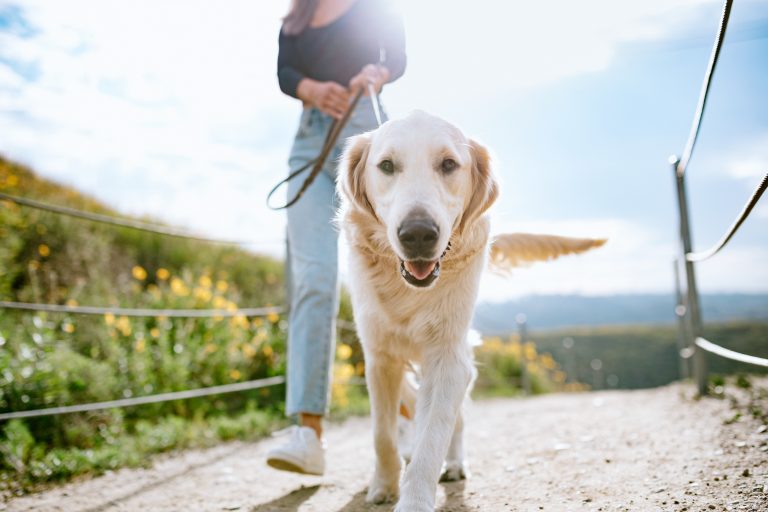In recognition of National Pet Preparedness Month, the Office of Resiliency is providing information and suggestions on how to prepare your pets for an emergency.
This week focuses on how to make an emergency supply kit for pets. A pet supply kit should contain the basics for survival. Here are some items you may want to include in an emergency kit for your pet:
- Food: Keep several days’ supply of food in an airtight, waterproof container.
- Water: Store a bowl and several days’ supply of water.
- Medicine: Keep an extra supply of the medicine your pet takes on a regular basis in a waterproof container.
- First aid kit: Talk to your veterinarian about what is the most appropriate for your pet’s emergency medical needs.
- Collar with ID bag and a harness or leash: Include a backup leash, collar and ID tag. Have copies of your pet’s registration information and other relevant documents in a waterproof container and available electronically.
- Traveling bag, crate or sturdy carrier, ideally one for each pet.
- Grooming items: Pet shampoo, conditioner and other items, in case your pet needs cleaned up.
- Sanitation needs: Include pet litter and litter box (if appropriate), newspapers, paper towels, plastic trash bags and household chlorine bleach to address your pet’s sanitation needs.
- A picture of you and your pet together: If you become separated from your pet during an emergency, a picture of you and your pet will help document ownership and allow others to assist you in identifying your pet.
- Familiar items: Put favorite toys, treats or bedding in your kit. Familiar items can help reduce stress for your pet.
Take time to refresh your pets emergency kit by adding extra pet food and water to your grocery list. You can also list the address and number of all the places you can take your pet in an emergency.
Learn more at ready.gov.

